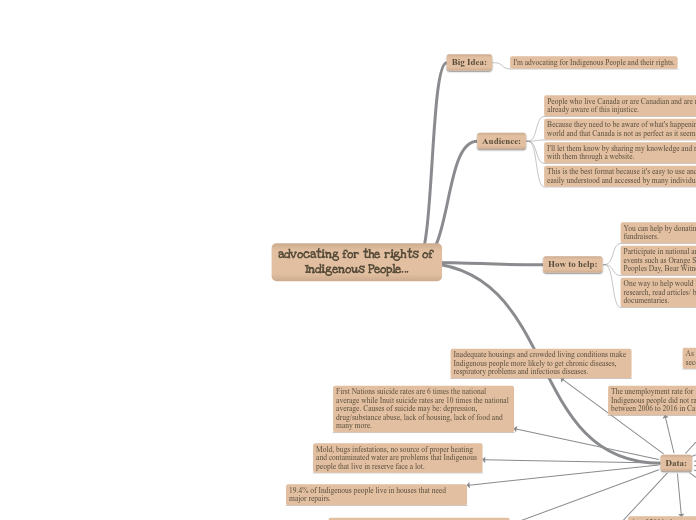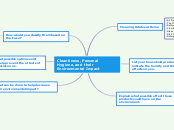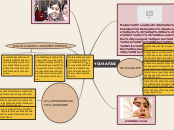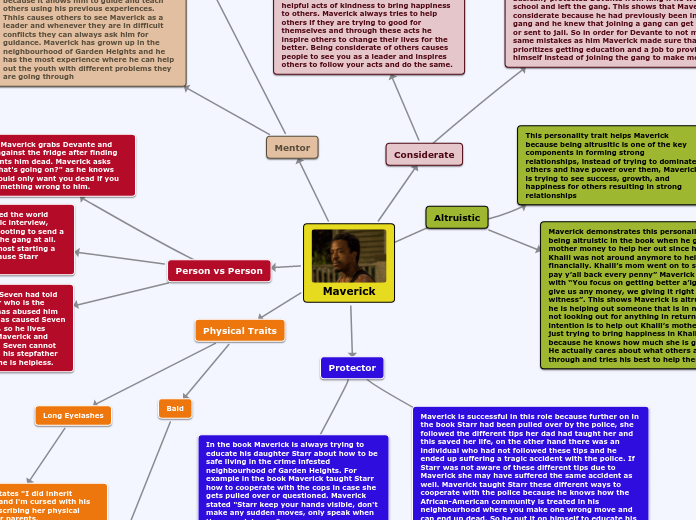von Khokhar Milcah Vor 4 Jahren
557
Graphic Organizer - Milcah Khokhar
The Inuit, First Nations, and Metis people represent the Indigenous populations in Canada, facing numerous challenges that significantly impact their quality of life. Inadequate housing and crowded living conditions contribute to higher rates of chronic diseases, respiratory problems, and infectious diseases among these groups.









